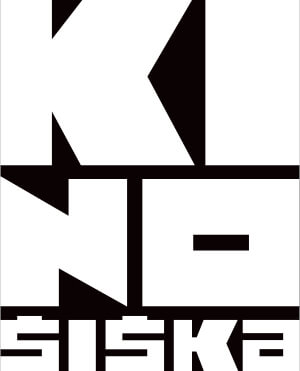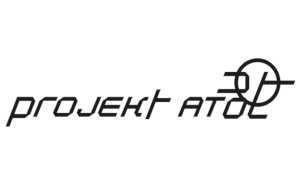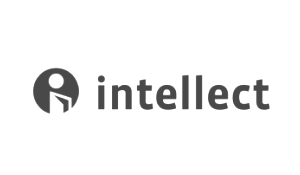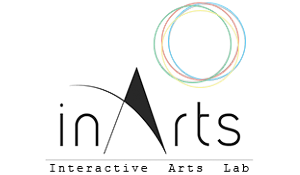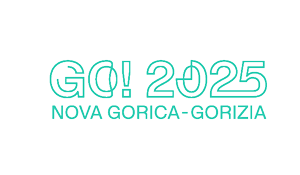This artist talk unfolds from a long-term research process that explores speculative modes of communication with nonhuman and more-than-human entities and assemblages—across porous interfaces of material, sound, and atmosphere. Titled Dialogues with the Other – Echoes and Future Whispering in Haunted Times, the project engages how forms of listening, resonance, and delay can become gestures for rethinking our relation to the unknown, the silenced, and the yet-to-be-articulated.
Rather than approaching the Other as fixed alterity, this research situates the concept within an entangled mesh of symbiotic agencies—those that store without narrative, and respond in forms not aligned with linguistic convention. They shimmer through fracture. They inhabit thresholds, atmospheres, and incomplete loops.
My practice—spanning installation, sound composition, neural image systems, drawing, writing and sensor-based spatial arrangements—engages the epistemic potential of non-linear, multisensory encounters. Clay, porcelain, field recordings, water, moss, and neural textures become interlocutors. Not representations of nature, but agents of interrupted knowledge—each carrying tension, delay, and resonance within their very materiality.
The talk will move through recent iterations of Bodies of Water, an ongoing artistic research project that approaches water not as motif, but as thinking medium. Within this context, rivers and sediments appear as temporal inscriptions—where histories of extraction, violence, and migration leave layered residues. Geological and hydrological maps enter as material witnesses—etched, folded, and marked by absence.
The research is informed by an altered mode of listening—one shaped by a sensorily fractured auditory system. Due to a progressive condition, my hearing registers certain frequencies with heightened intensity, while others remain inaccessible. What enters perception is no longer filtered by cognitive hierarchies of relevance. Human speech does not dominate; environmental and nonhuman sounds surface with equal weight. This sensory configuration is not a biographical backdrop—it alters the architectural logic of my research. Delay, saturation, and dissonance become compositional elements. Sound does not serve narrative; it arrives as density, lingers in thresholds, folds into the body. Listening, here, is not interpretation—but a method of attunement.
In Dialogues with the Other, I ask:
What forms of speech emerge when language fails to align with perception?
How can we build modes of attunement that allow nonhuman and posthuman entities to act—not as symbols, but as co-sensing presences?
What does it mean to listen-with materials that do not speak back?
What interests me are infrastructures of delay. Forms that resist the compulsion to name. Fractures that do not collapse into clarity. Echoes that do not return the same. I consider poetic storytelling a speculative mode of exchange—where language breaks open to allow resonance with other registers: tactile, sonic, mineral, vegetal, algorithmic. Communication, in this sense, does not mean alignment. It means proximity. It means friction that does not destroy, but holds.
Throughout the talk, I will share fragments from recent works—textual scores, sound fields, sculptural arrangements, and traces from an evolving vocabulary of communication without content.
The voice in this research is multiple. Sometimes it arrives through field recordings. Sometimes through code. Sometimes through a silence charged with memory. Violence is not a theme—it is a structural condition, embedded in the material: in cracked porcelain, interrupted frequencies, unrendered data. The question is not how to tell these stories, but how to make them perceptible as tension.
The Other does not always answer. But it responds.
Through pressure.
Through breath.
Through the thickened air of haunted times.
Marie-Luise Meister is a transdisciplinary artist whose work explores processes of change and liminal spaces that weave together past, present, and speculative futures. Employing storytelling as a tool, she delves into the symbiotic relationships between humans and the more-than-human world. Her artistic practice traverses materials, words, and images, shifting fluidly between analog processes and self-trained neural networks, crafting evocative in-between worlds that reflect themes of biodiversity, ecology, and evolution.
With a background in theater, media art, text, and body-based research, Meister studied Fine Arts at the Academy of Visual Arts in Leipzig and the Royal Institute of Art in Stockholm. Her work is deeply rooted in notions of rewilding, embracing the transformative potential of artistic exploration to reimagine ecological narratives. Meister has participated in artist residencies across China, Georgia, Italy, Sweden, Russia, Israel and Palestine, with her works showcased in numerous national and international exhibitions.
Supported by institutions such as the Rosa Luxemburg Foundation, the Goethe-Institute, the Ministry of Culture and Science of North Rhine-Westphalia, and Kunst Fonds Bonn, her projects emphasize the interconnectedness of ecological and cultural systems. Currently, she leads the EU-funded residency program Fluid Materialities, an artistic research initiative exploring the interrelations of matter and symbiosis, set to unfold in collaboration with the KIND Lab of the University of Applied Sciences Trier in 2025. Meister’s practice embodies a commitment to reimagining the boundaries of artistic creation, fostering innovative dialogues between art, nature, and speculative futures.
Back

